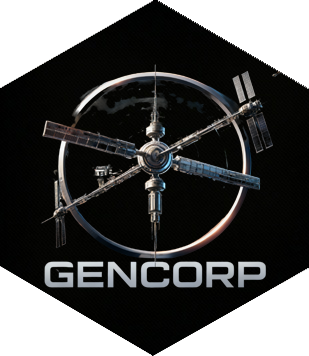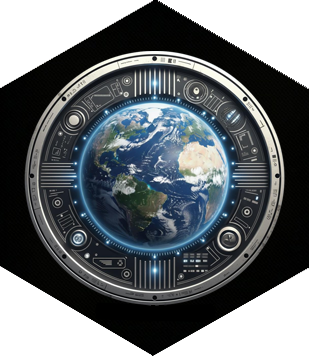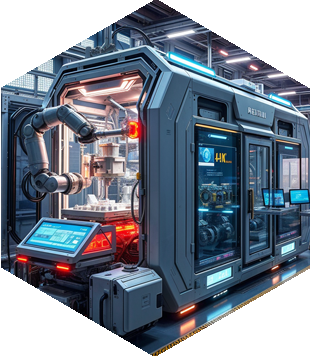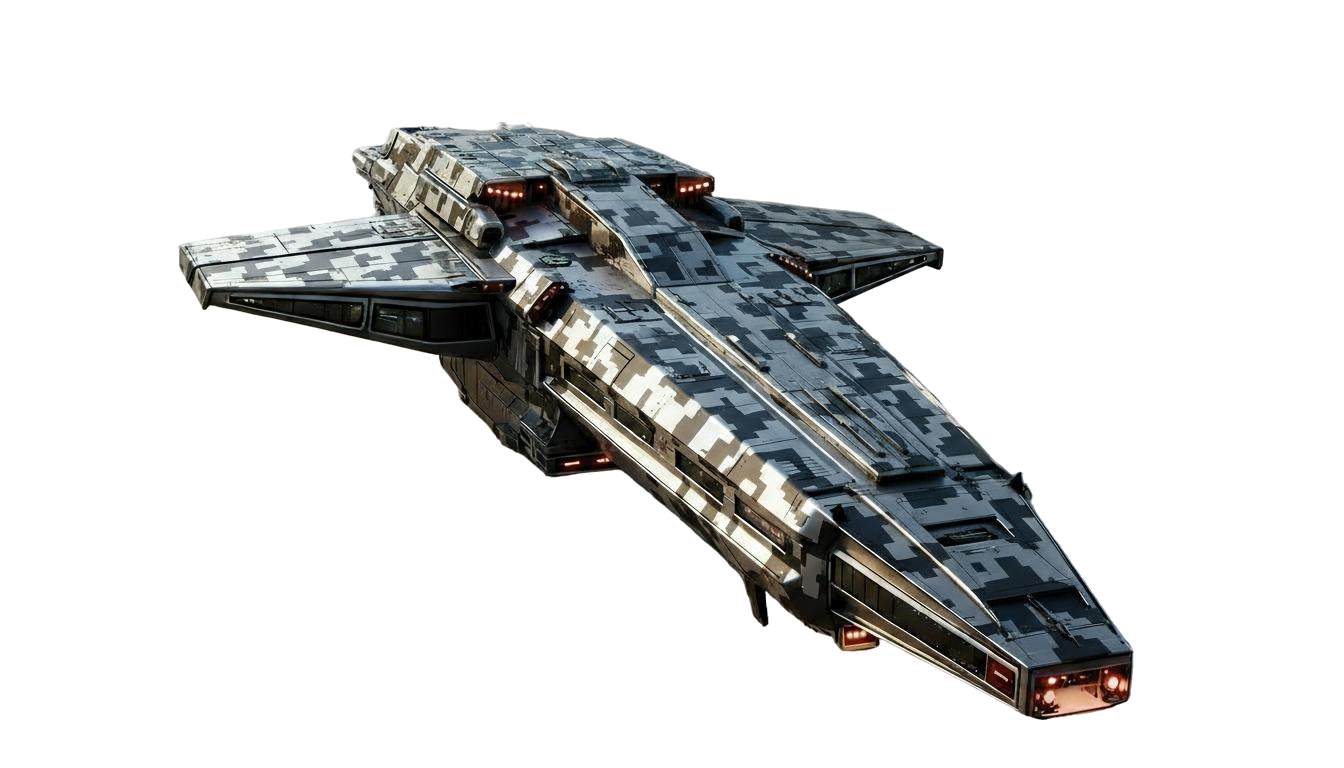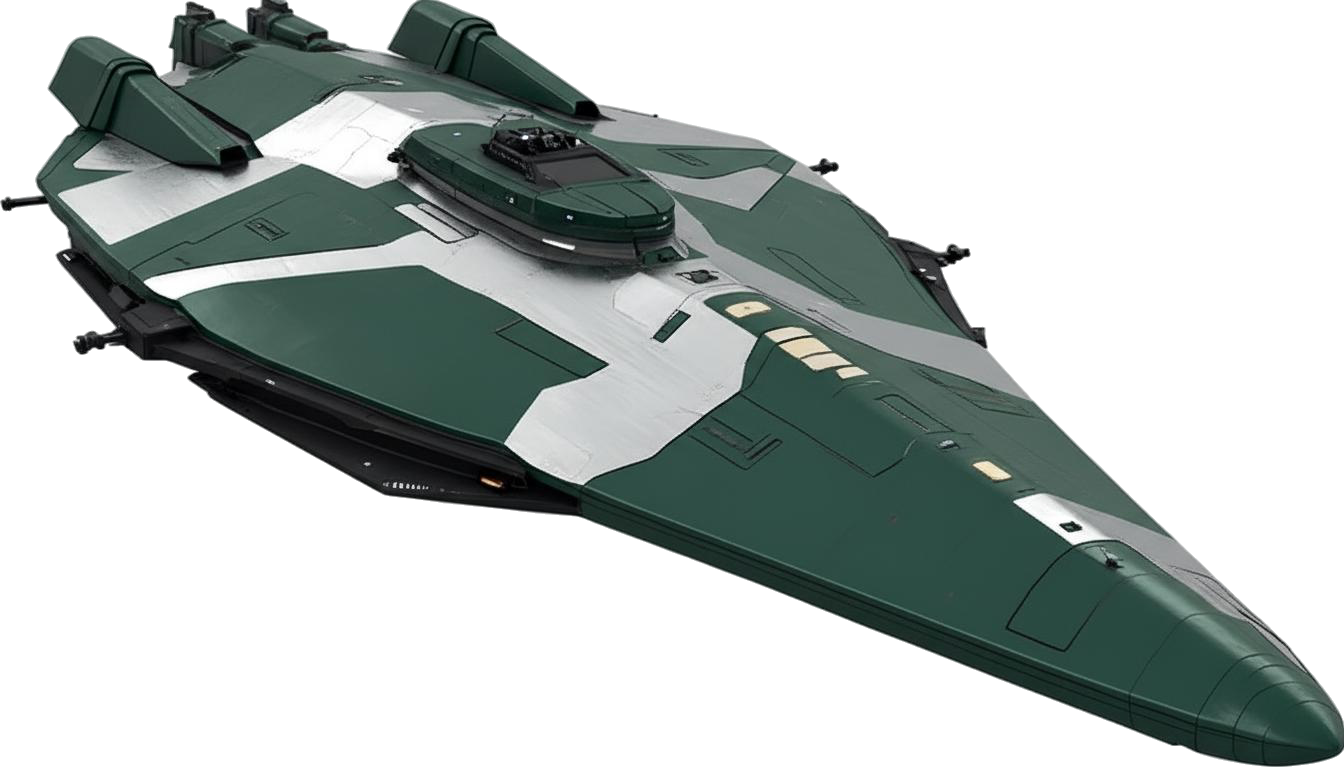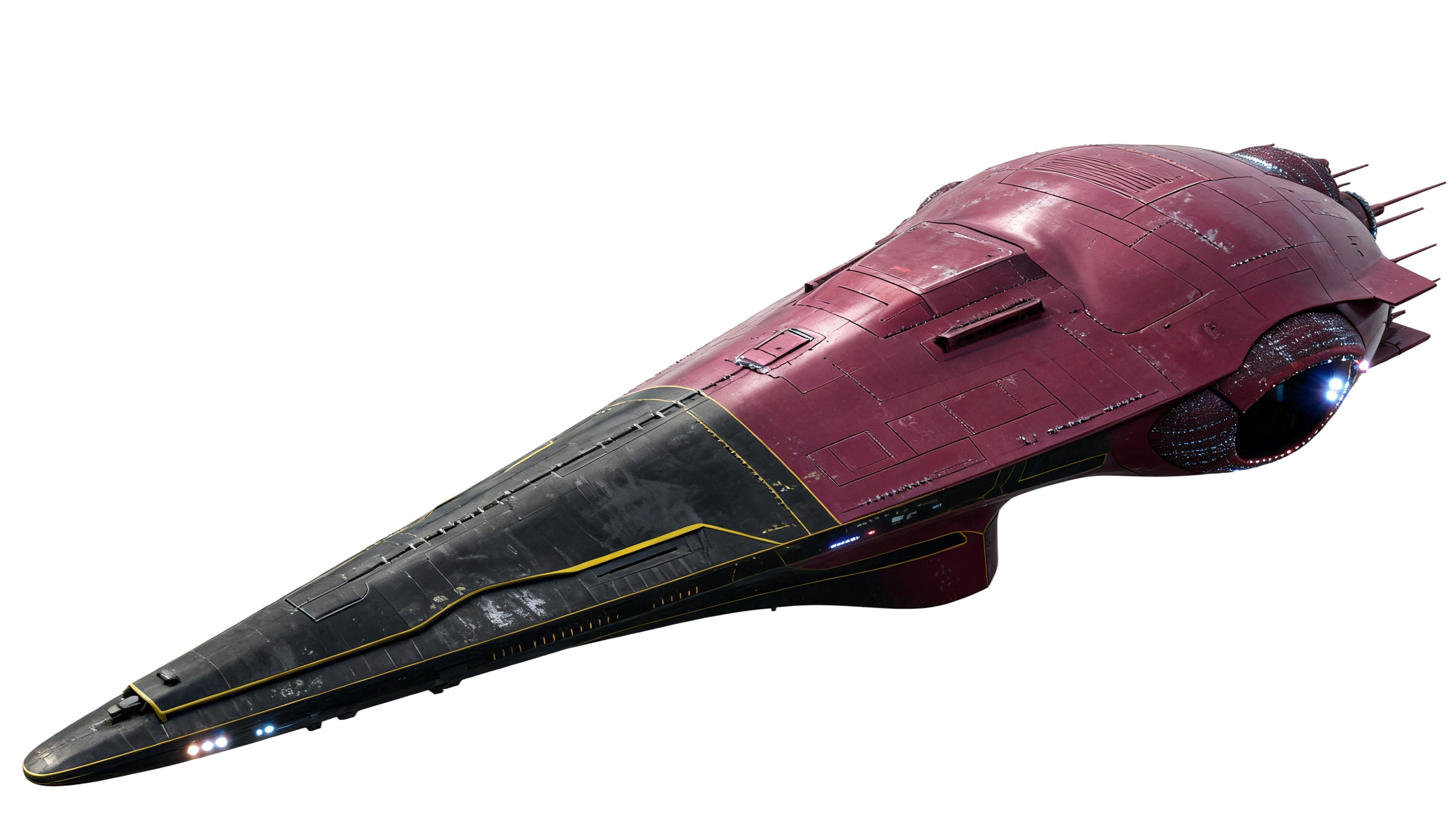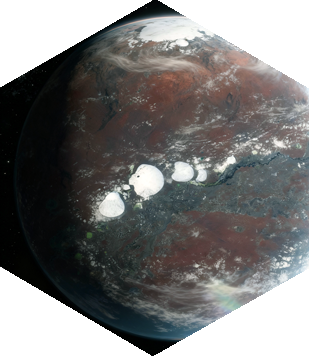Japan
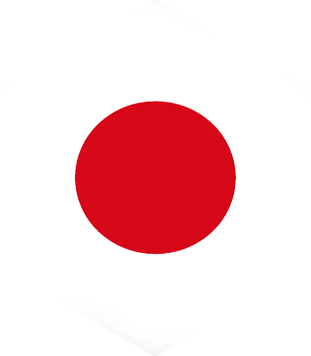
In the Twilight Run universe, Japan represents the fusion of cultural heritage and advanced technology. Its path through the Terran Sphere is defined by innovation in robotics, automation, and sustainable design. Guided by centuries of societal discipline and environmental consciousness, Japan’s interstellar development emphasizes balance between progress and preservation, technology and tradition, independence and cooperation.
Foundations: JAXA and the Space Economy
The Japan Aerospace Exploration Agency (JAXA) was the cornerstone of Japan’s early expansion beyond Earth. Its asteroid sample-return missions, deep-space probes, and ISS collaborations laid the groundwork for a robust orbital economy. By the late 21st century, Japan had diversified into orbital manufacturing, cislunar logistics, and autonomous resource operations. These industries flourished under the keiretsu framework—interlinked corporate groups fostering vertical integration and technical specialization.
Industrial Model: Keiretsu and Hyper-Automation
Japan’s industrial identity is built upon its keiretsu model and mastery of automation. Robotics dominate its colonies’ infrastructure—from mining platforms and hydroponic systems to automated life-support facilities. AI-assisted fabrication lines ensure near-zero defect production. Firms such as Kyosei Interstellar lead in hydroponics, habitat biotechnologies, and closed-loop utilities, providing self-sufficient, sustainable habitats that embody Japan’s ethos of precision and responsibility. This model allows for efficient, minimal-impact settlement growth while maintaining high living standards.
Flagship Colonies
- Asagiri — Serves as the administrative and cultural anchor of Japan’s colonial network. Urban planning emphasizes compact cityscapes, green corridors, and advanced water stewardship systems.
- Matsumoto — Industrial-agrotechnical hub featuring automated farming lattices and modular manufacturing. Known for exporting precision agro-equipment and biopolymer feedstocks.
- Sendai — A research-oriented colony focusing on habitat ecology, radiation medicine, and robotics in healthcare. Sendai also hosts art academies and cultural exchange programs that maintain strong Earth-Japan cultural continuity.
Outposts and Enclaves
Shinden (82 Eridani) functions as a strategic outpost providing survey, communications relay, and emergency logistics in the Eridani Corridor. In the Tau Ceti system (New Atlantis) — a joint Sino-European charter colony — Japanese corporations sustain commercial enclaves devoted to research, trade, and cultural representation. These presences are cooperative rather than territorial, reflecting Japan’s emphasis on diplomacy and partnership.
Cultural Presence and Diplomacy
Japanese settlements are notable for their elegant synthesis of tradition and technology. Architectural principles favor natural lighting, timber composites, contemplative gardens, and compact civic layouts. Colonists value mindfulness and environmental integration, turning habitats into living expressions of balance. Diplomatically, Japan promotes coalition frameworks, standards harmonization, and research-sharing compacts — stabilizing trade routes and mitigating potential conflicts among the major Terran powers.
Outlook
Japan’s forward trajectory remains cautious yet deliberate. Near-term strategy focuses on reinforcing flagship colonies, refining automation networks, and strengthening education-industry pipelines to sustain skilled populations. Growth remains measured, environmentally aligned, and coalition-driven — ensuring Japan’s reputation as a reliable, principled force within the Terran Core’s ever-evolving political and technological landscape.










